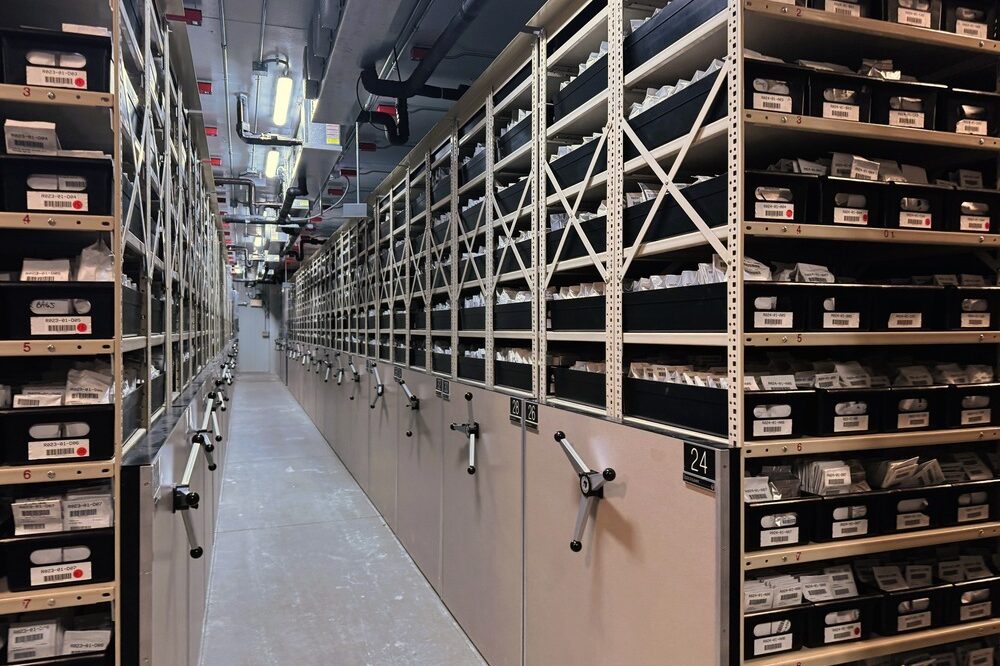China's Tiangong-1 space station may fall from the sky on April 1.
That is not an April Fools' joke. It's a real possibility.
The European Space Agency has narrowed its window for re-entry of the long-abandoned orbiting lab — the current estimate is that it will plunge from orbit in a fiery ball of flame sometime between March 31 to April 2.
But that window is considered "highly variable" and no one is sure yet where exactly it will come down.
The 34-foot-long, 18,000 pound Tiangong-1, or "Heavenly Palace-1" was launched in 2011 as China's first attempt at an orbiting space lab. It was occupied by two separate crews of three astronauts, or taikonauts, each – a mission in June 2012 included China's first female astronaut, Liu Yang. A year later, another crew included the country's second woman in space, Wang Yaping.
As NPR's Nell Greenfieldboyce reported on All Things Considered last week, "Most of it, though not all, should burn up during the fiery re-entry."
"The possible impact zone covers about two-thirds of the globe, including a lot of the continental United States. But exactly where and when is hard to predict because the vehicle will interact with the atmosphere, which is constantly changing," Nell noted.
Space.com writes: "Tiangong-1 is currently circling Earth about every 88 minutes at an average altitude of 134 miles — about half the altitude of the International Space Station — and getting lower each day."
Some of our readers may remember the much-anticipated demise of the U.S. Skylab station in 1979, which became an international media event, spawning T-shirts and contests.
Skylab was more than twice as long and twice as wide as Tiangong and it was nearly 10 times as heavy — at 170,000 lbs. The U.S. station broke up over Western Australia on July 11, 1979, scattering pieces of debris across the region without causing any injuries.
Skylab, launched in 1973, was the first U.S. space station — put together mostly from parts left over from the Apollo moon missions. The station hosted three missions of three astronauts each between May 1973 and February 1974. The last crew stayed aboard for nearly three months.
China's Tiangong-2 was launched in September 2016 and remains in orbit.
9(MDEyMDcxNjYwMDEzNzc2MTQzNDNiY2I3ZA004))








